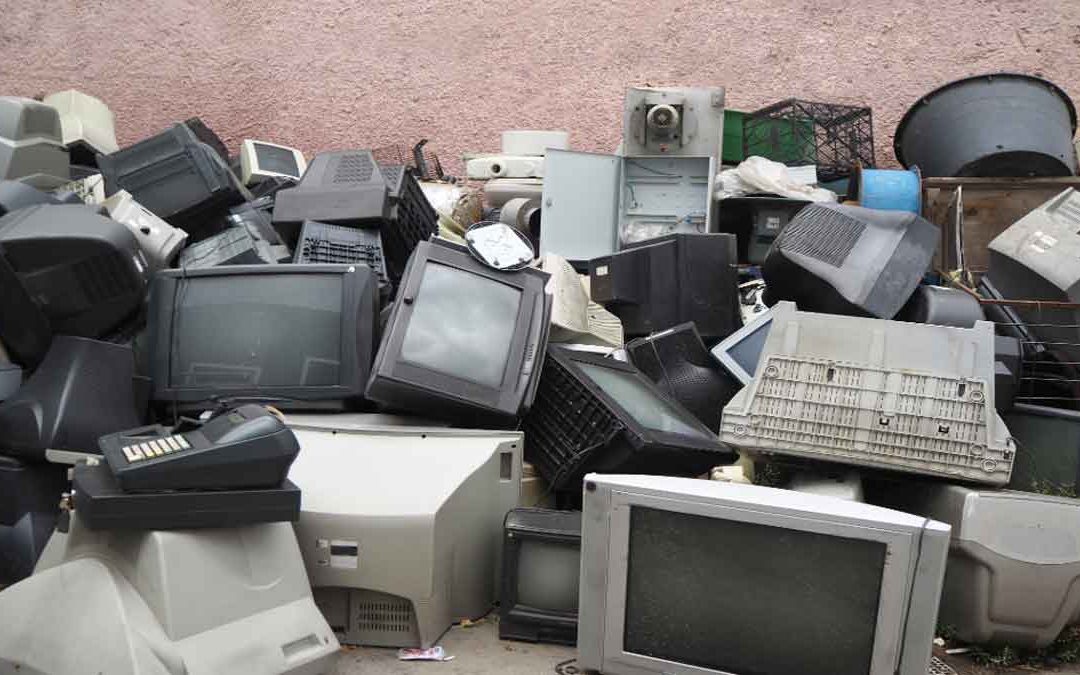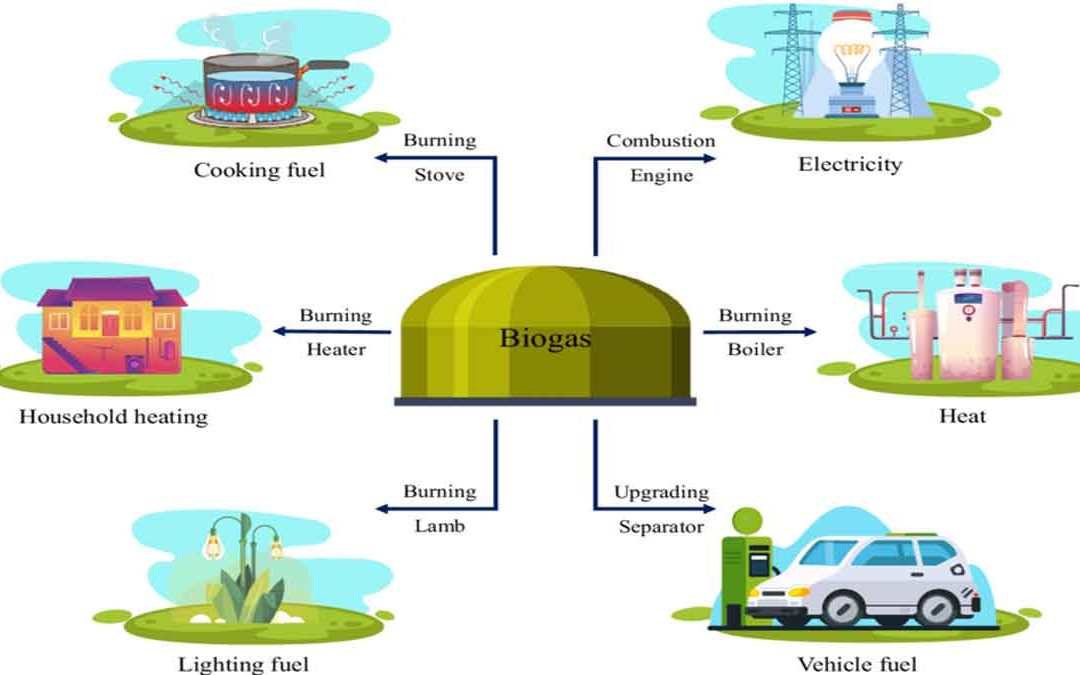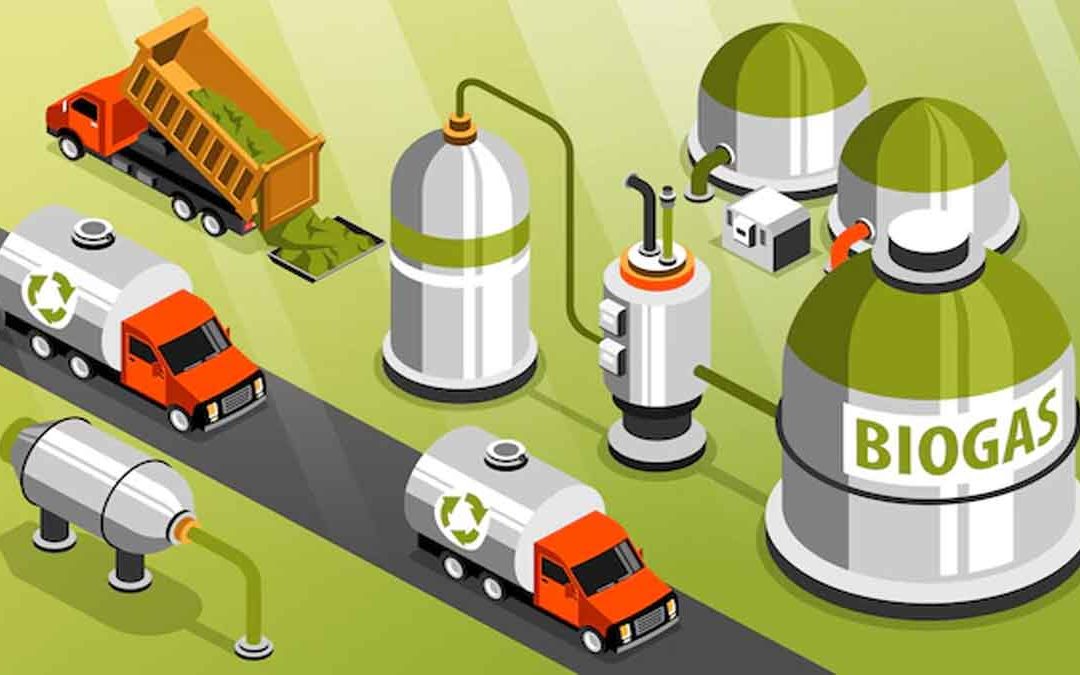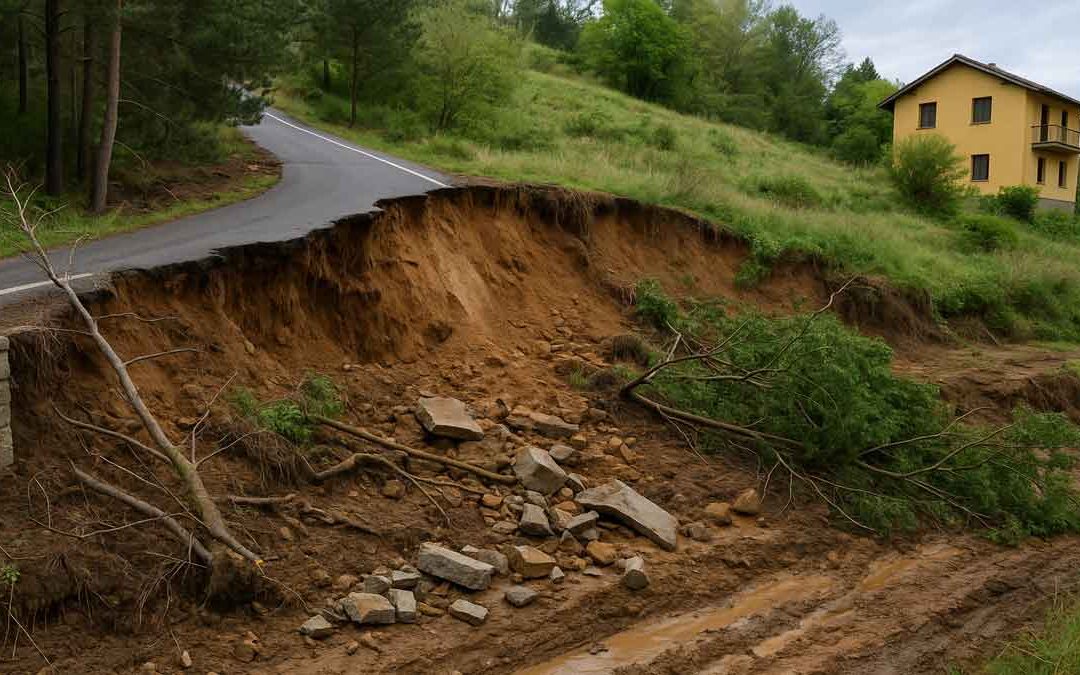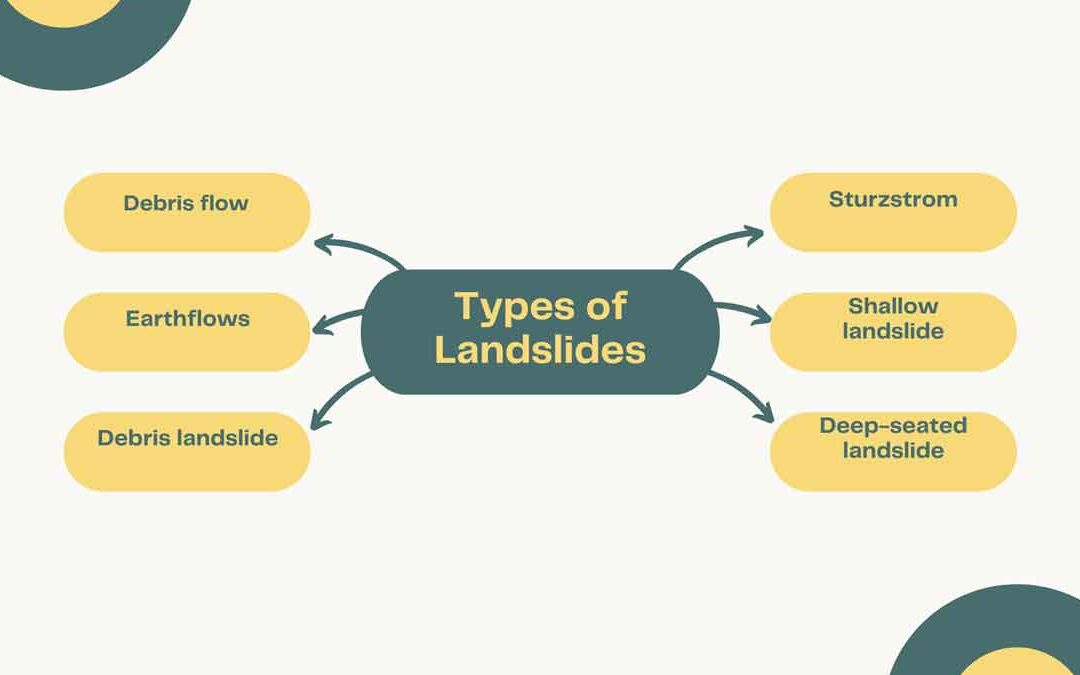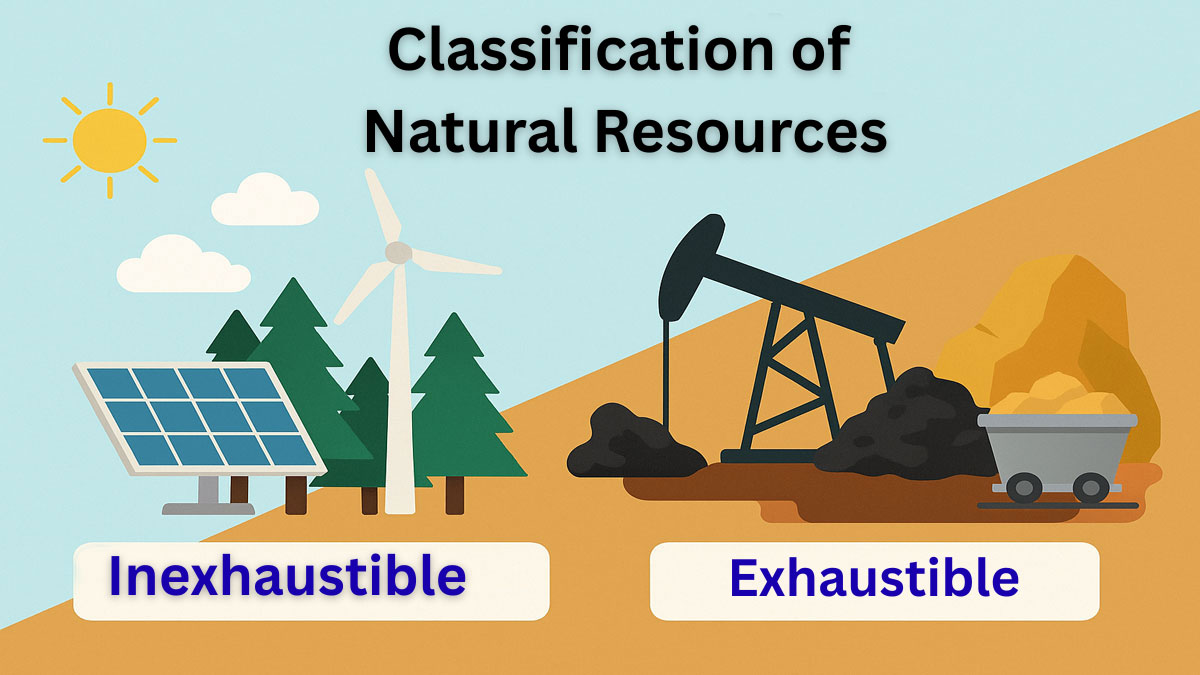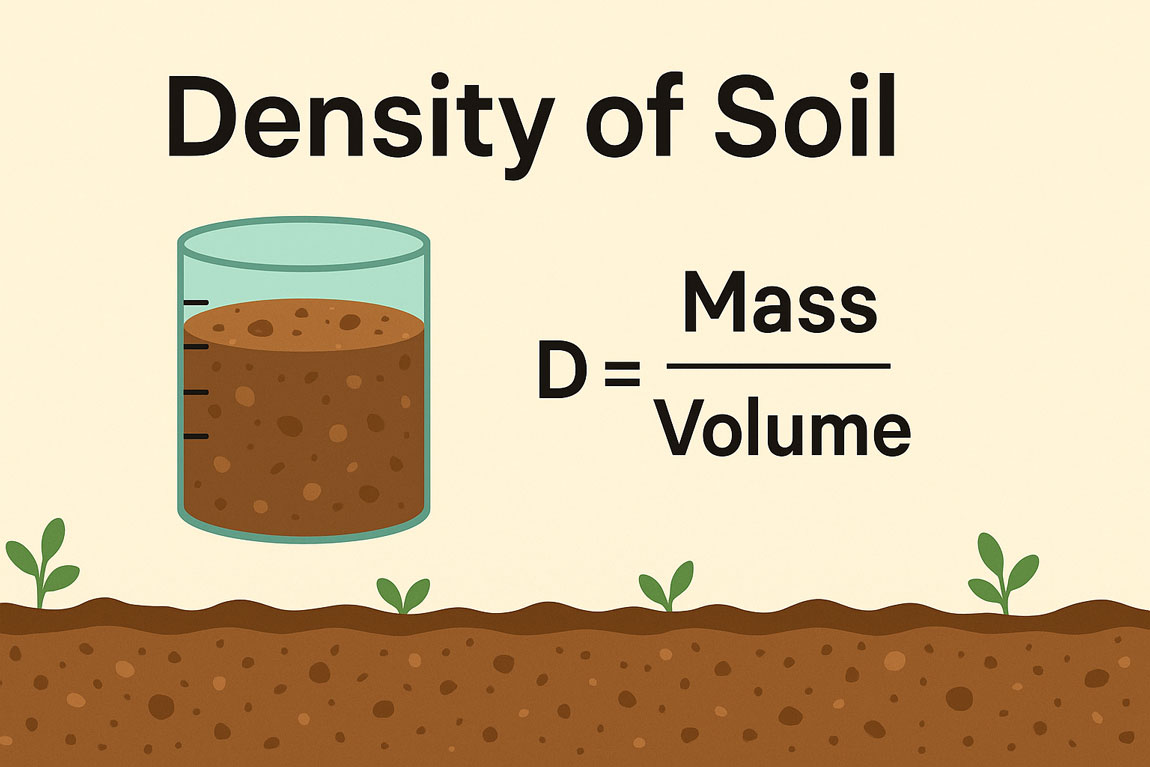
by Gelogia Team | May 29, 2025 | Physical Geology & Geomorphology
The Bouma sequence specifically describes the ideal vertical succession of structures deposited by low-density (i.e., low sand concentration, fine-grained) turbidity currents. The Bouma sequence is divided into five distinct units, labelled A through E, with A at the...

by Gelogia Team | May 23, 2025 | Physical Geology & Geomorphology
“E-waste” is a popular, informal name for electronic products nearing the end of their “useful life. It is considered dangerous, as certain components of some electronic products contain materials that are hazardous, depending on their condition and...

by Gelogia Team | May 21, 2025 | Physical Geology & Geomorphology
Biogas is a useful source of clean energy that comes from waste like animal dung and plants. It can be used for cooking, making electricity, and helping plants grow better with natural fertilizer. Besides being helpful at home and on farms, biogas also helps keep the...

by Gelogia Team | May 21, 2025 | Physical Geology & Geomorphology
Biogas is a renewable energy produced by fermenting organic materials such as animal waste and agricultural residues under anaerobic conditions. As fossil fuels continue to deplete, biogas provides a sustainable alternative for cooking, lighting, and power generation,...

by Gelogia Team | May 19, 2025 | Physical Geology & Geomorphology
Landslides occur when the stability of the slope changes from a stable to an unstable condition. A change in the stability of a slope can be caused by a number of factors, acting together or alone. Various causes of landslides are given below. Causes of Landslides:...

by Gelogia Team | May 18, 2025 | Physical Geology & Geomorphology
Landslides are powerful natural events where soil, rock, and debris suddenly move downhill. They can be slow or dangerously fast, triggered by rain, earthquakes, or human activity. In this post, we’ll explore the different types of landslides from destructive debris...


